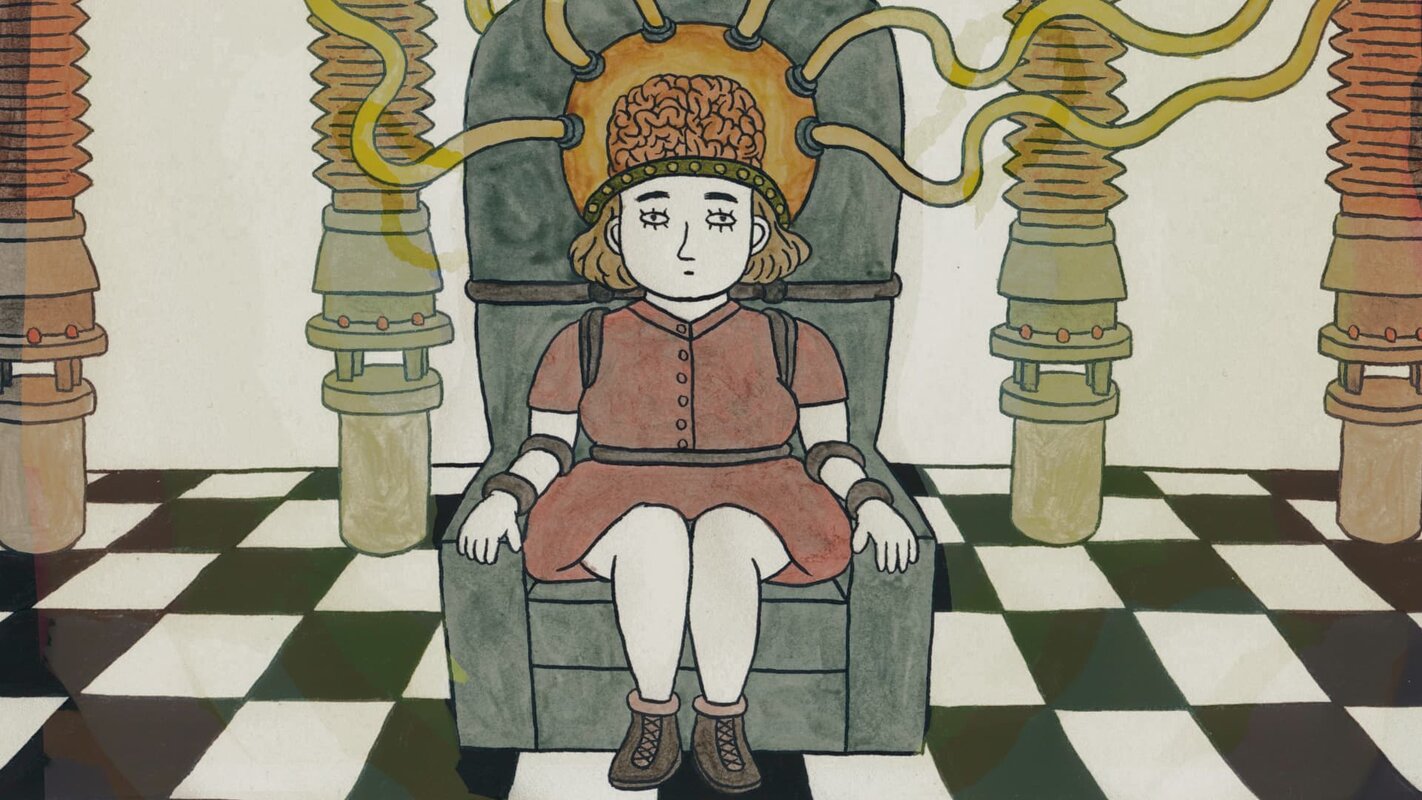
Sarina Nihei: Animation Can be Your Best Friend
Sarina Nihei is a Japanese animation director and illustrator. Her graduation film from the Royal College of Art, Small People with Hats (2014), won several prizes at festivals around the world including OIAF, HAFF and British Animation Awards. Specialising in hand-drawn animation, she makes surreal short films and music videos.
Pictoplasma: Can you tell us how you got into animation?
Sarina Nihei: As a kid I was a bit fucked up. I used to do lots of afterschool activities, like piano, classical ballet, violin and gymnastics, which were basically my duties back then. And I hated them. But I loved drawing. And at some point, I realised that art was something I wanted to pursue. So, I went to Tama Art University in Tokyo, where I studied graphic design. In the second year we had the animation class, which was mandatory, and we were encouraged to do hand-drawn animation without any technical skills. As soon as I started, I was instantly hooked.
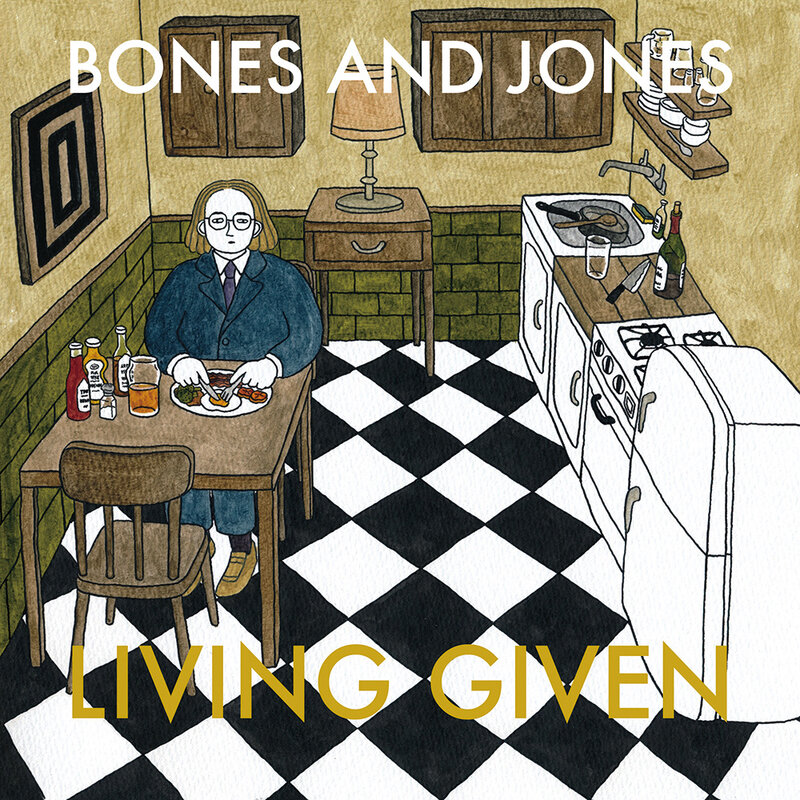
One of my biggest influences back then was Priit Pärn’s work, he’s a legendary Estonian animation director. His animations and stories were beautifully constructed. I was just obsessed with his work when I was in uni. I decided to continue my education at the Royal College of Art in London, where I kept making a bunch of films using the same technique, hand-drawn on paper.
I made a film called Small People with Hats (2014) for my graduation project, which is a film about small people with hats who get killed in absurd circumstances. A main theme in the film was the feeling of despair and absurdity, because these feelings are always there. People die and you cannot get away from death. But at the same time, I didn’t want to make a film that was just dark and slow and boring, so I tried to make it as entertaining as possible.
"I guess I had no idea how to sell myself and my animation style."
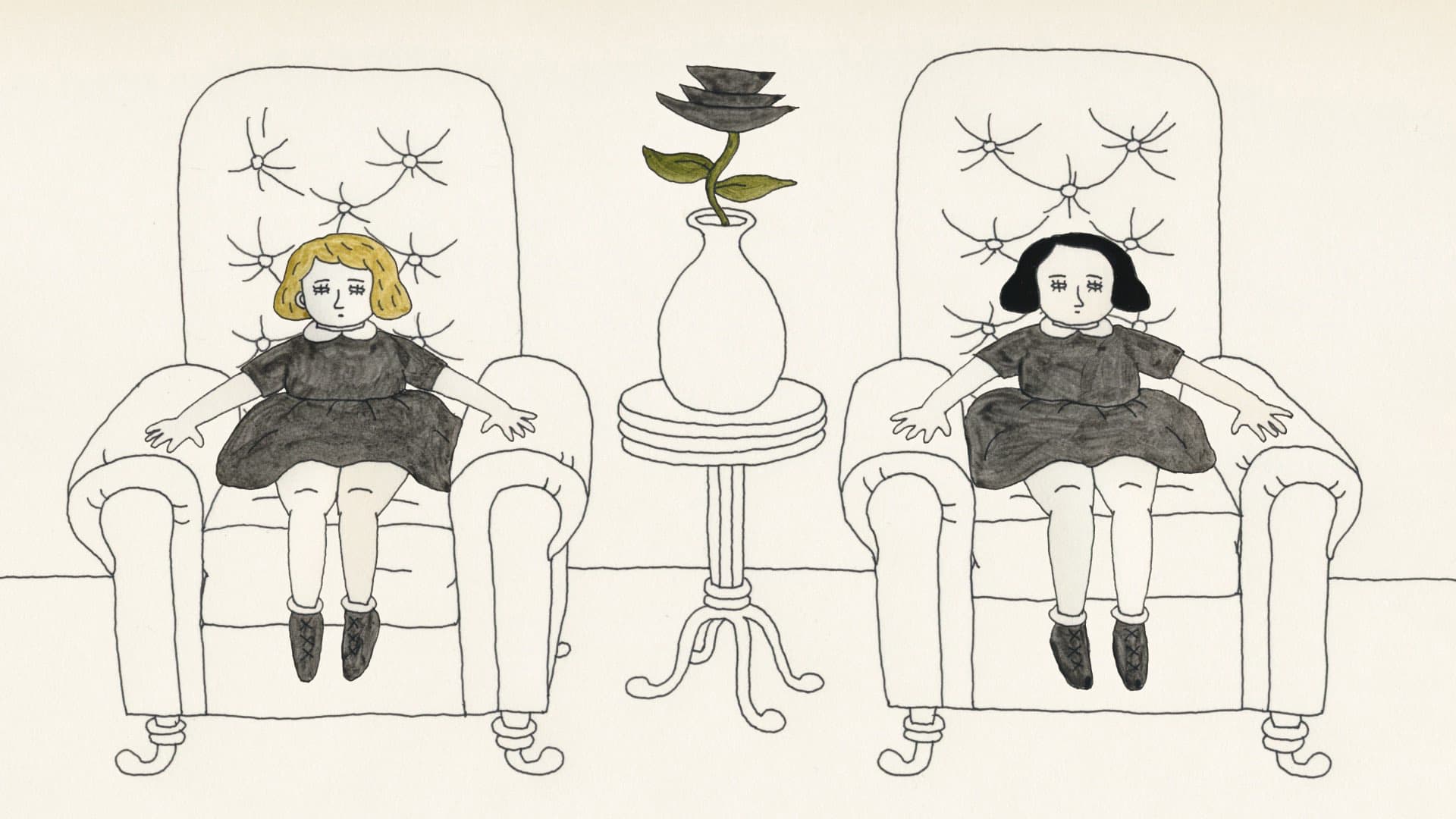
That film certainly made some waves. What happened after that? Where did it lead you?
After graduating from the RCA, it took me a while to get commissions back in Tokyo. I went to a couple of job interviews in the beginning, but I got rejected by everyone. I guess I had no idea how to sell myself and my animation style. All I wanted was to keep doing my own films, so I started to work at a beer bar in Tokyo, which was fun. Luckily, I was invited to film festivals because of my graduation film. I was traveling to the festivals whilst working at the beer bar. And gradually, I started to get commissions, including illustration jobs for music videos. Making music videos is so fun, I always enjoy doing it and I’ve been fortunate to have worked with artists who generously let me do whatever I wanted.
The next film you did was Rabbit’s Blood (2017).
It’s a story about a society where there is a conflict between people who wear black clothes and those who wear red clothes, and there are rabbits living underground. I had this idea for a while before I got commissioned by Random Acts, which is a television show made by the British TV station, Channel 4. As you can see in the initial writing of the film, I always start by writing lots of words, and drawing at the same time. This looks messy, but everything helps to build the world. This process is very important to me.
I got mentally and physically ill after making this film. I stopped thinking about new film ideas for a while. Gradually, I recovered, and when I was at a film festival in the Czech Republic, I was recommended to apply for an artist in residency program called Nippon Nordic, and I got in.
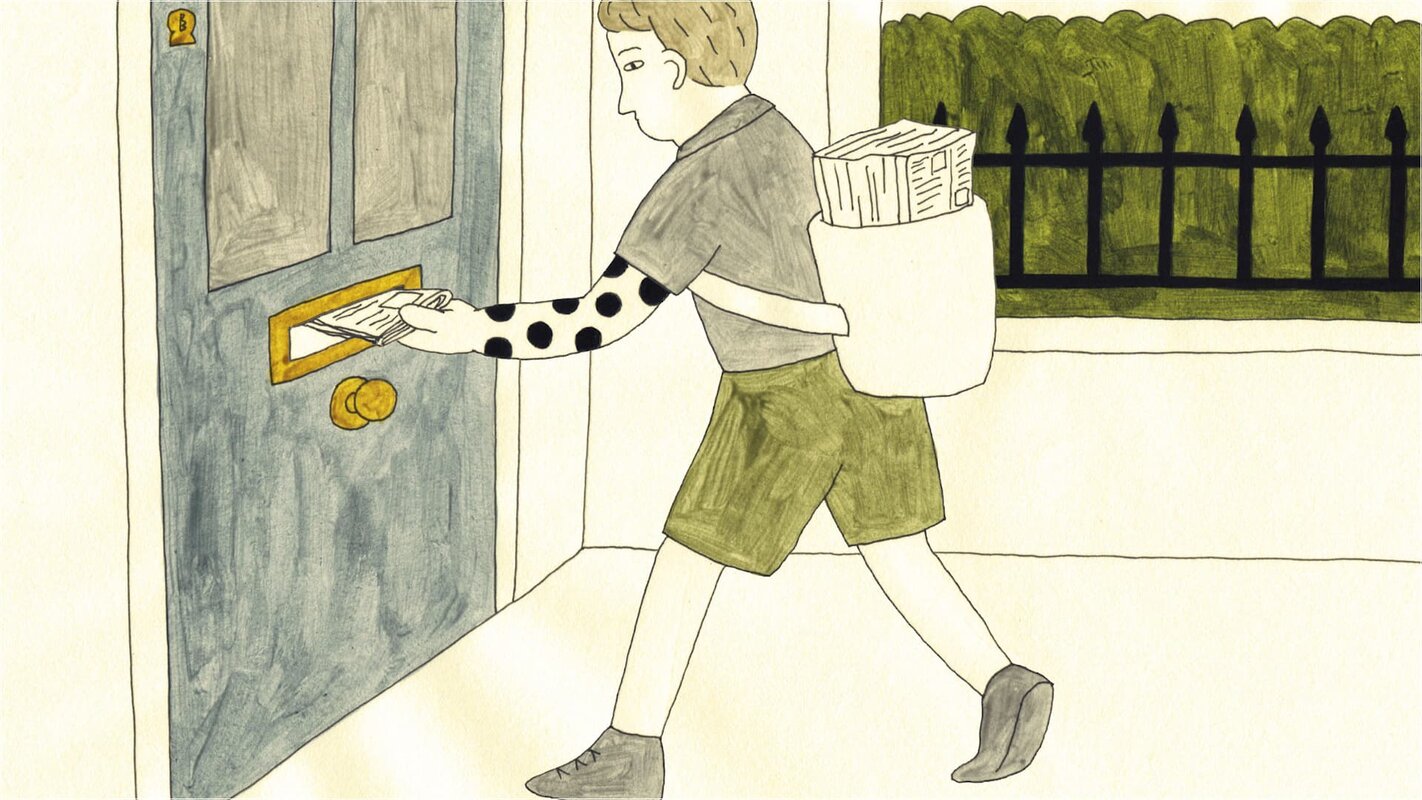
"I am always interested in religions even though I am an atheist."
That’s where you developed your latest film, Polka-Dot Boy (2020).
It is a story about a boy who has polka-dot disease on his arms and is suffering from it, mentally and physically. One of the main subjects of this film was uncertainty surrounding the belief system of a cult or a religious group, because I am always interested in religions even though I am an atheist. I think there are a lot of things we can learn from religions, including the nature of belief. Again, I started with writing down a lot of words and drawing at the same time.
My films are always related to psychological things and unconsciousness and conspiracies because absurd things happen on a daily basis, and you can’t predict what will happen next. Also, people die and you despair. Basically, it’s a film about those things.
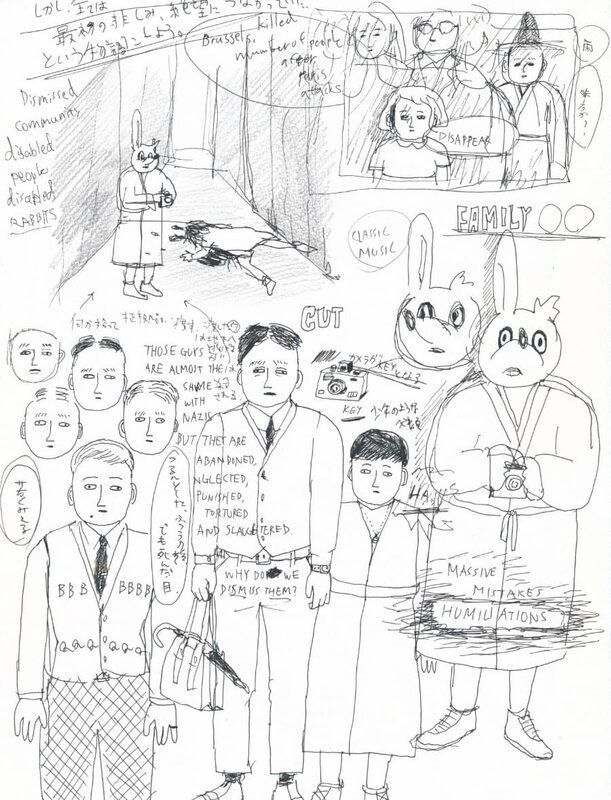
You have a very peculiar style and keep loyal to hand-drawn animation. Isn’t it just too much work? And doesn’t it feel outdated in these digital times?
People often ask me why I do hand-drawn animation because they think it’s such a time-consuming thing to do, and it’s true. It seems like the opposite of the animation trend that is digital, clean and beautifully designed. But I love how hand-drawn looks when it’s finished, and drawing through tons of paper is quite therapeutic. Sometimes it’s tough, of course. It feels like it takes forever, but most of the time, it’s kind of fun. I find it so satisfying to look at the tons of paper when I’m done.
"Animation made me who I am"
What do you do with these piles of paper? Do you keep them?
I’ve been keeping them since graduating from the RCA, and all my piles of papers are in my studio. I don’t know what to do with them.
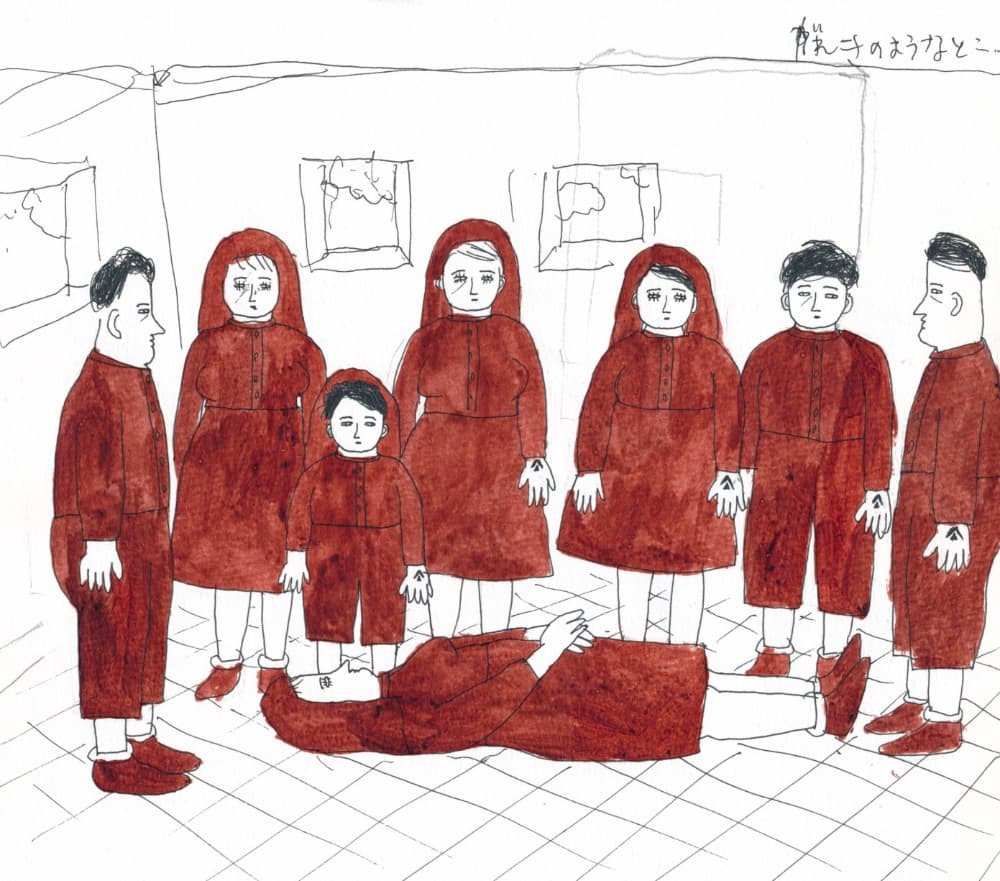
So, you are surrounded by them? You see them every day in their boxes?
Yeah, exactly. I think I’m gonna sell them in the future.
You said it gives you satisfaction, whenever you draw, to see all the work you have done growing into a bigger and bigger pile. We know this feeling of satisfaction. When something is finished, you can experience it over and over again. We wonder if this is a different kind of satisfaction to the feeling you have when you see the finished film?
The drawings that constitute my animation give me a certain satisfaction just after finishing the film because I don’t know how people will react watching the film. In general, making animation is such a lonely process. Animation made me who I am, and I guess I enjoy every aspect of it. I’ve been fortunate to be able to do everything by myself. If you are single and lonely, animation can be your best friend.
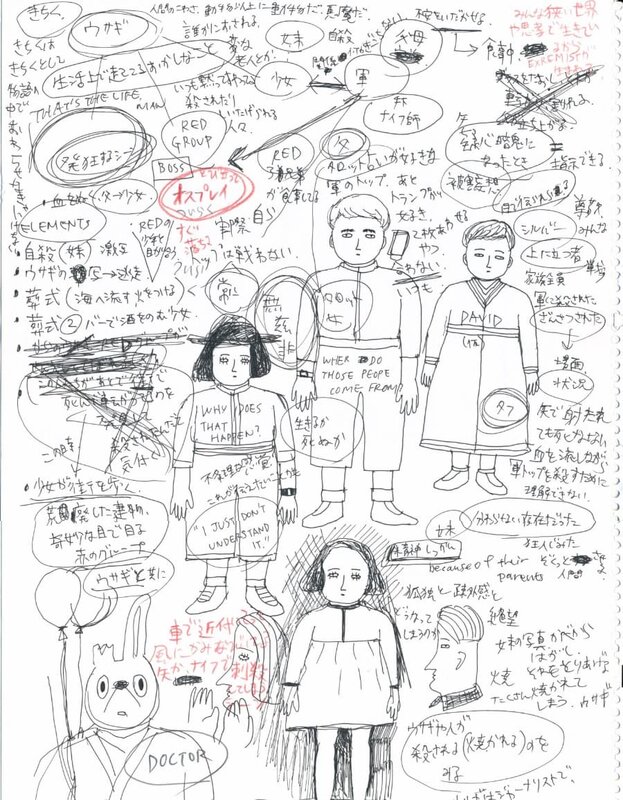
Interview by Pictoplasma on the occasion of Pictoplasma In Isolation, 2020
